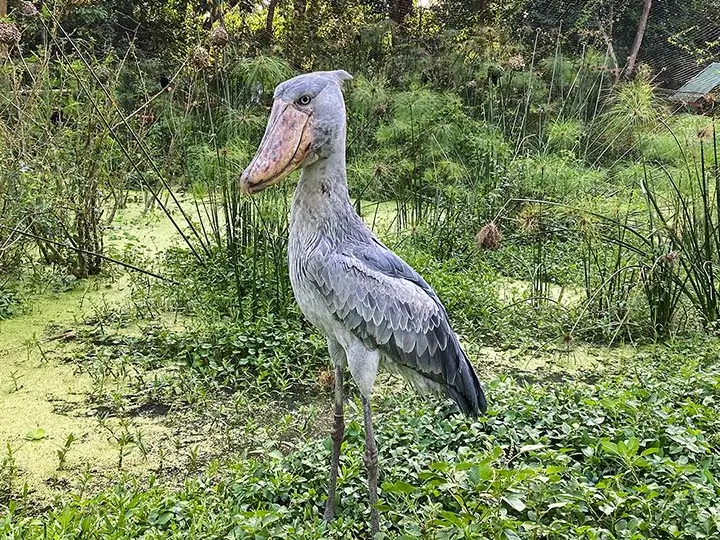
BIRDING IN
Mabamba Bay Wetland

BIRDING IN
Mabamba Bay Wetland

BIRDING IN
Mabamba Bay Wetland

BIRDING IN
Mabamba Bay Wetland
Located on the edge of Lake Victoria, Mabamba Bay Wetland is one of few places where the rare Shoebill Stork can be found. Mabamba Swamp is the most accessible and reliable with the best chances of seeing the Shoebill in Uganda. The rare bird is found in few places in Uganda and perhaps in Africa. Mabamba Swamp is rich with lungfish called “mamba” in native language which is the favorite food for the Shoebill. Mabamba swamp is a Ramsar site and Important Bird Area. The wetland hosts over 300 bird species that include many globally threatened species, seven of Uganda's twelve Lake Victoria biome restricted species notable is the Papyrys Gonolek and plenty of wetland specialties.
Take a canoe ride or a motorized wooden boat through Mabamba Bay Wetland is a great way to explore the abundant bird species which include; the Shoebill Stork, Malachite Kingfisher, African Fish Eagle, Purple Swamphe, African Green Pigeon, African Jacana, African Marsh Harrier, African Pigmy Goose, Black Crake, Black Heron, Black-crowned Night Heron, Black-crowned Waxbill, Black-headed Heron, Black-winged Stilt, Blue Swallow, Blue-cheeked Bee-eater, Cattle Egret, Common Moorhen, Common Sandpiper, Common Sqacco Heron, Double Toothed Barbet, Glossy Ibis, Goliath Heron, Great Cormorant, Great White Egret, Great White Pelican, Green Cuckoo, Grey Heron, Grey-crowned Crane, Gull-billed Tern, Hadada Ibis, Harmerkop, Little Egret, Little Stilt, Long-tailed Cormorant, Long-toed Lapwing, Malachite Kingfisher, Marsh Harrier, Northern Brown-throated Weather, Orange Weaver, Papyrus Gonolek, Pied Kingfisher, Pied Wagtail, Pink-backed Pelican, Pin-tailed Whyda, Purple Heron, Red-eyed Dove, Red-headed Love-bird, Shining Blue Kingfisher, Speckled Mousebird, Spur-winged Goose, Spur-winged Lapwing, Swamp Flycatcher, Veilots' Black Weaver, Village Weaver, Water Thicknee, White-browed Cuckoo, White-faced Whistling Duck, White-throated Bee-eater, White-winged Tern, Winding Cistocola, Wood Sandpiper, Woodland Kingfisher, Yellow-billed Kite, Black-headed Weaver, Yellow-billed Duck.
The wetland also hosts huge flocks of Paleartic migrants every year from October to March. Mabamba Swamp can be reached by a number of routes. From Kampala or Entebbe the easiest route is via the Nakiwogo landing site in Entebbe where you take a 10 minutes ferry crossing to Kasanje landing and from there drive for about 20 minutes to Mabamba passing through open fields and gardening that will provide plenty of garden birds.
Our Experts are ready to provide answers
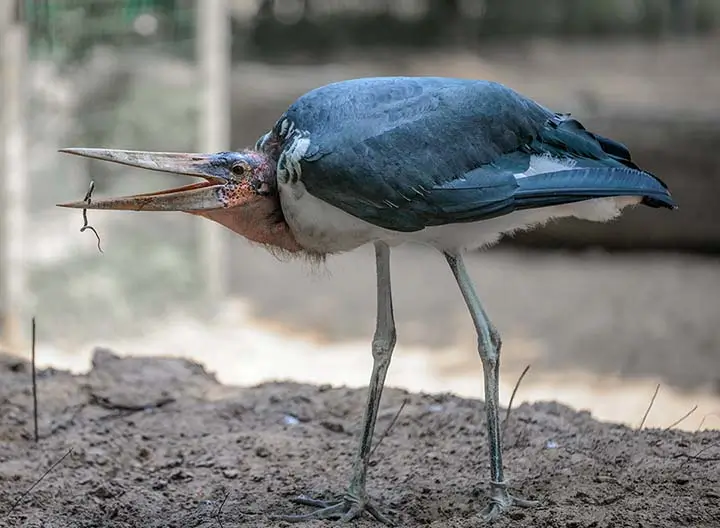
Ajai Wildlife reserve has several bird species and they include Shoebill, the Black-rumped Waxbill, Grey Crowned cranes, Marabou stocks, African fish eagles, Heuglin's Masked Weaver, Chestnut-crowned Sparrow-weaver.
Read More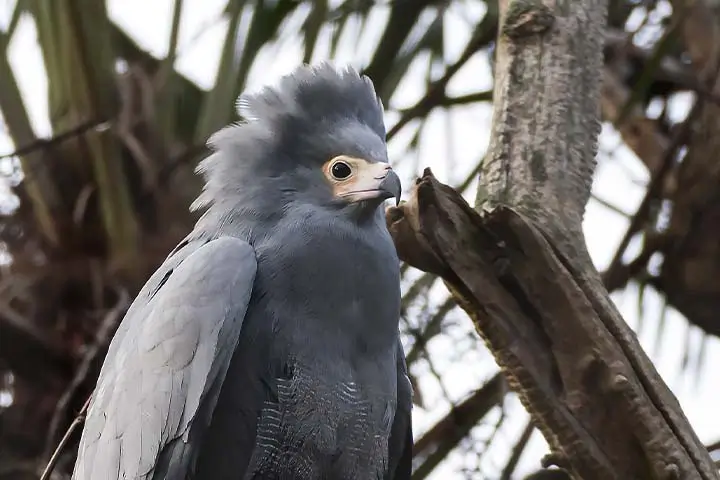
Bwindi is the Bird watchers haven as experienced bird watchers can identify up to 100 species in a day in Ruhija and Buhoma.
Read More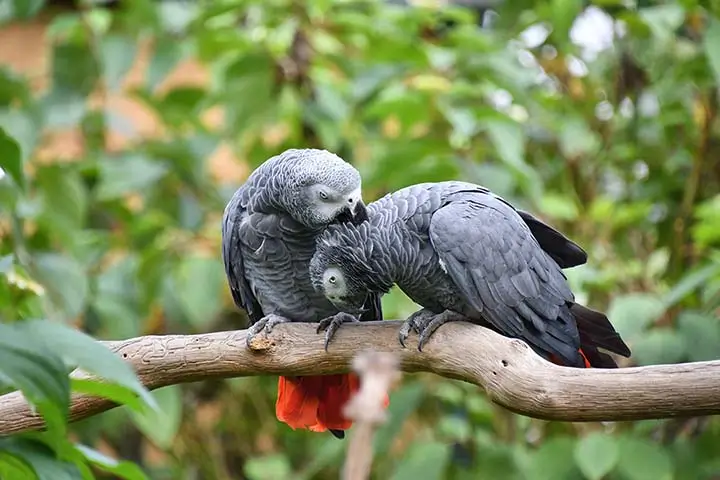
Kibale National Park has so many developed hiking/walking trails with the best birding spot being Bigodi wetland sanctuary where birders take visitors for a 4-hour walking trail.
Read More
The Apoka Rest Camp and Park Headquarters overlooking the swallow, southern Narus Valley is a grand spot to start your Kidepo birding.
Read More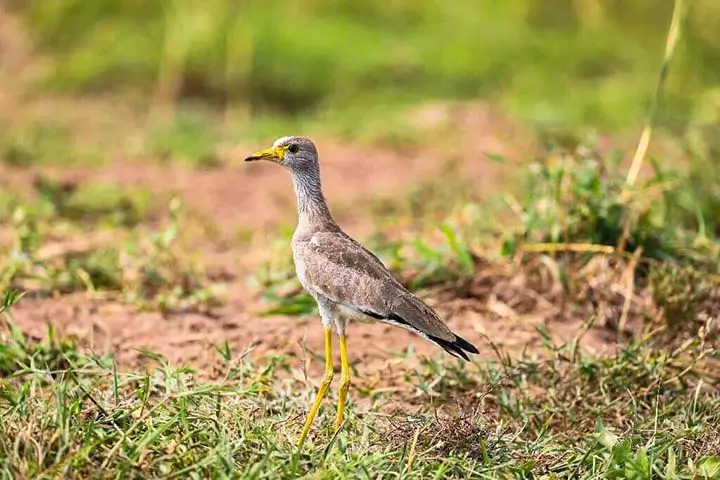
The best birding spots in the park include the swampy valleys of Warukiri and Miriti, and the roadsides between Rwonyo camp and the jetty. There are viewing platforms at the salt lick, in Miriti Valley, and in Rubanga Forest.
Read More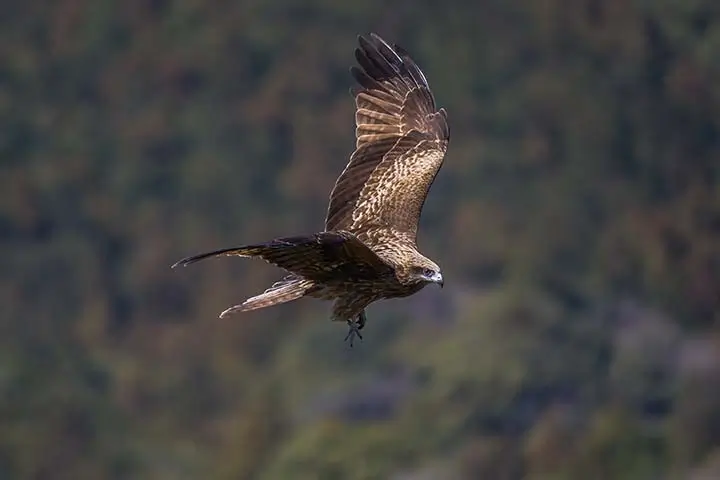
The Park is set apart with a unique bird fauna 79 bird species have been recorded within the park, including several species prevalent to the East Congo Montane region.
Read More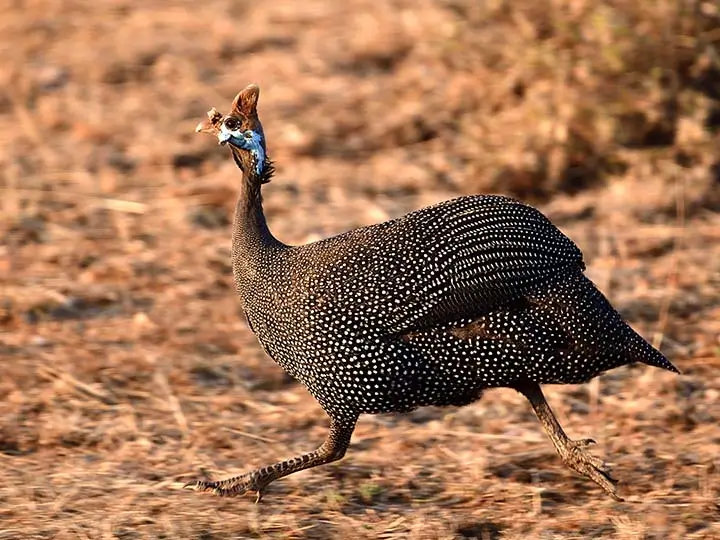
Excellent birding opportunities exist around Kapkwai Forest Exploration Centre, in particular in the secondary forest and thick shrub along the loop trails extended to cover Cheptui Falls.
Read More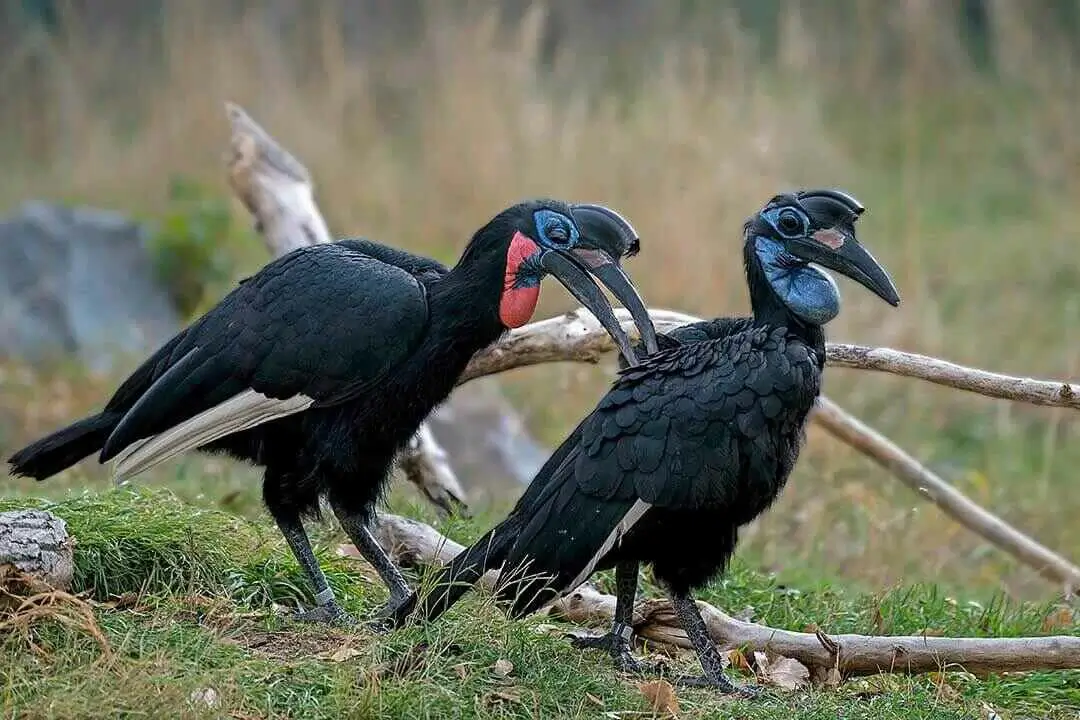
Over 500 bird species are known from the site. Falco naumanni is a passage migrant and Circus macrourus occurs on passage and in winter. Acacia woodland holds the largest known population of Agapornisfischeri, Parusfringillinus is resident and there have been recent records of Apaliskaramojae from Acacia drepanolobium woodland in the south-west of the site.
Read More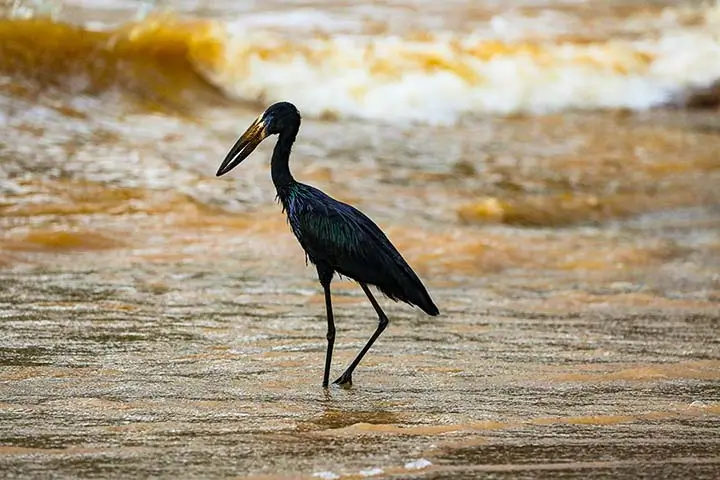
It has 611 recorded bird species in the Kazinga channel sanctuary which covers an area approximately 207kilometers.
Read More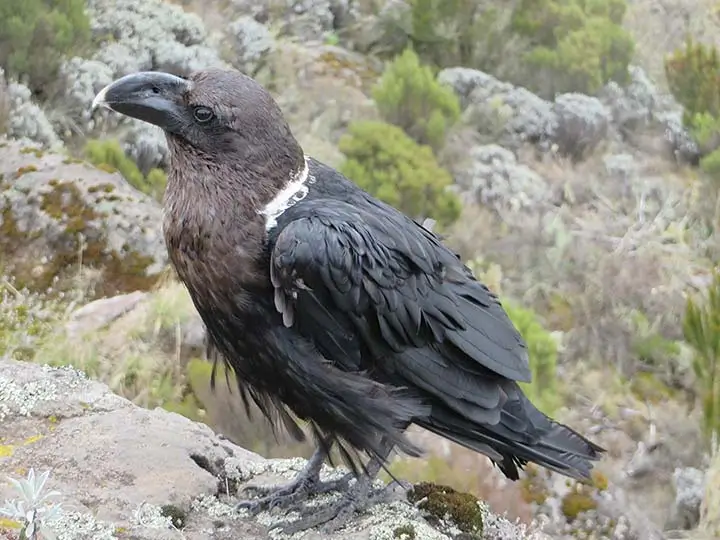
The park is one of the world's Endemic Bird Areas (EBA). There are up to 241 species of birds which is about 27% of Uganda's total. Close to 177 bird species live in the Afromontane forest and 19 species are endemic to the Albertine rift.
Read More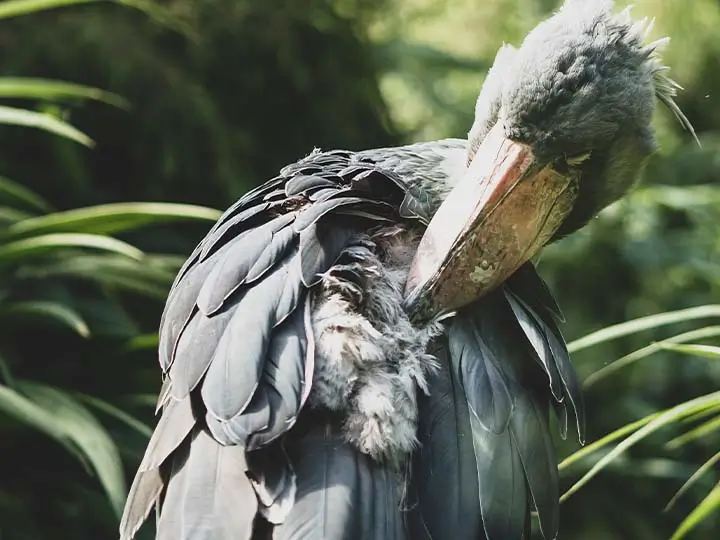
Birders who make it to Semuliki are always rewarded with some of Africa's best forest birding. Sempaya and Ntandi provide excellent viewing of the birds.
Read More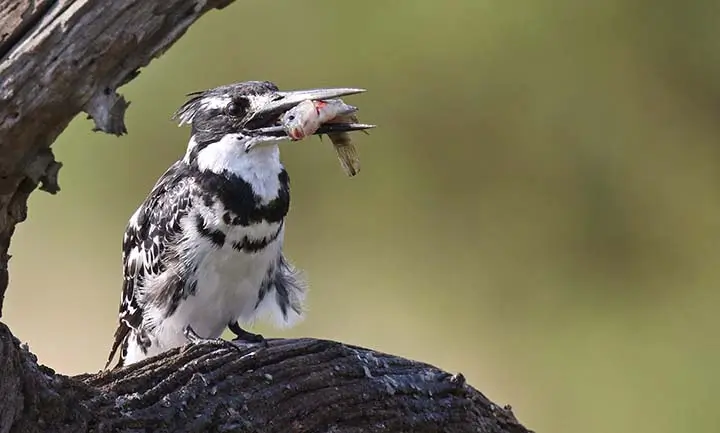
As compared to many other birding destinations within the country, This area of the lake has got over 200 bird species and some of these include;
Read More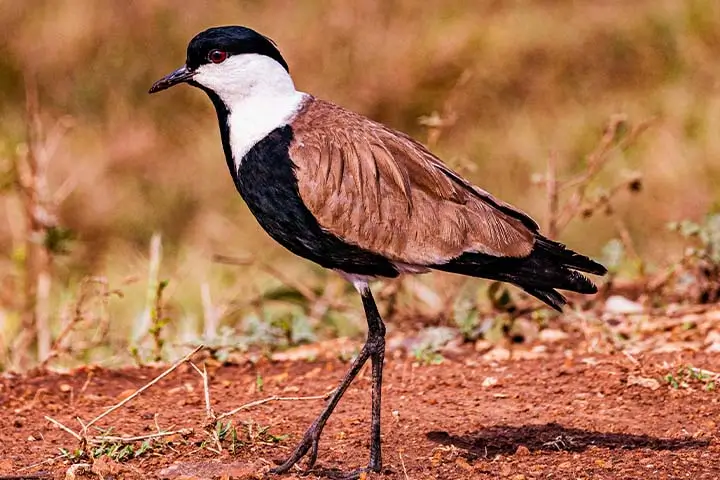
As compared to many other birding destinations within the Birding here is done near new Lutembe beach located on Entebbe road at Namulanda. The bay area has trees, marshlands, and shrubs. Early in the morning is the best time to get to Lutembe as there is a lot of bird activity.
Read More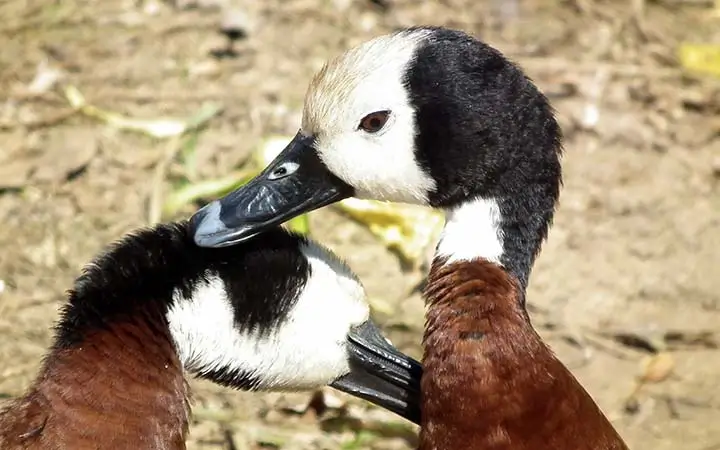
The Uganda Wild Life Authority has registered a reduction in bird species in Pian Upe, and Matheniko, Bokora game reserves due to the persistent drought that has dried up all water sources in the reserve.
Read More